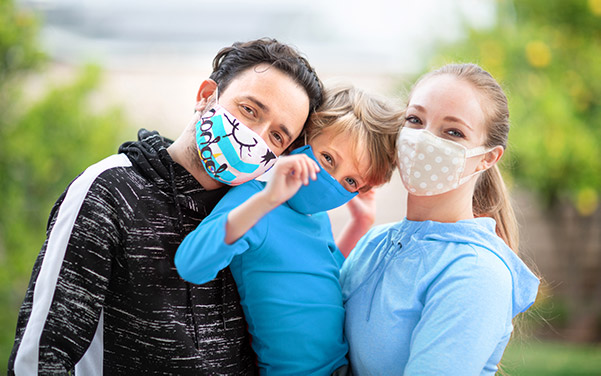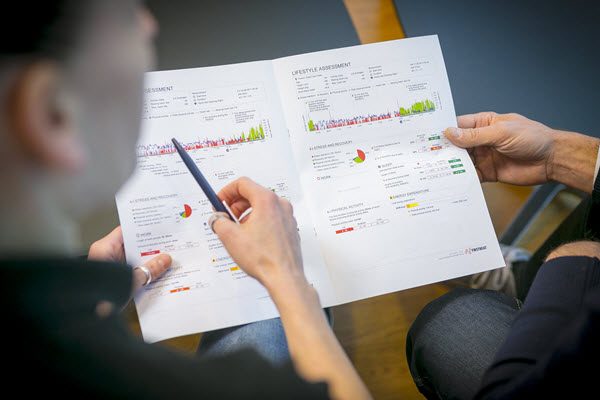Have you ever tried not to think? Even better, tried not to think about something specific – like white bears or noisy chickens? Once we become aware of something, consciously trying to avoid it often encourages the mind to keep checking in, to make sure we’re not thinking about it – and so, repeatedly thinking about it.
This phenomenon was tested formally in the late 1980s by psychologist Wegner and colleagues, leading to the theory of ironic mental processes of thought suppression, or the white bear phenomenon. It appears anytime we use thinking to try and stop thinking. For example, when we try not to think of unpleasant things or use thinking to try and create something that requires us not to think – consider ‘forcing’ ourselves to fall asleep or choking in sport.
Now consider how we learn. In short, to consciously learn something, we focus on it or engage in it repeatedly over time. And eventually, our brain creates more persistent neural networks that we see as skills or understanding.
This learning process isn’t just about external skills like driving or gardening; it’s everything, including how we think. If we repeatedly think in specific ways, we get better at automatically thinking in those ways. If we’re always self-critical, we get better at being critical, and if we’re always supportive, we get better at that too.
We get better at doing what we repeat. Which you might word as: we become what we think about most.
At what would you like to better? When I’m asked variations on this question, my initial response is often that I want to ‘stop’ doing x or y, stop criticising my children’s behaviour, stop spending so much time on Facebook, stop…
Unfortunately, this ‘stop doing’ thinking pattern, supported by ironic mental processes, can have the opposite effect in the long run (even if there’s an initial reduction). So, what might we do?
You probably already know. It’s the what can I start doing approach. For example:
- What can I do?
- How will I behave when…?
- How can I help?
- What is a wise way to respond?
- What would support my wellbeing here?
- What response would support the wellbeing of others?
To help unseat persistent unhelpful (or ‘negative’) thinking, we might also start writing about the situations or the thinking itself to see it a little more objectively. The process of noticing our thinking patterns rather than trying to ‘stop’ them can cultivate a lighter emotional approach, which both reduces their unpleasant impact and allows us to start choosing how to respond or what to start doing.
Mindfulness isn’t the only approach here, but it is a comprehensive one (though mindfulness isn’t about stopping your mind from thinking). And we can combine it with other methods for resilience, leading to more proactive ways of choosing who and how we become. So, when you find yourself saying ‘oh, it’s just how I am‘ remember, you’ve practised yourself into how you are now AND you can practice your way out.





 Firstbeat is the leading provider of physiological analytics for sports and well-being. They are able to transform heartbeat data into personalized information on exercise, stress and recovery. Reach Remarkable have partnered with Firstbeat in order to provide the
Firstbeat is the leading provider of physiological analytics for sports and well-being. They are able to transform heartbeat data into personalized information on exercise, stress and recovery. Reach Remarkable have partnered with Firstbeat in order to provide the 

